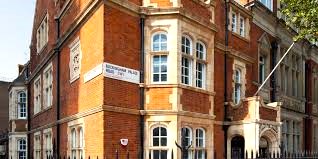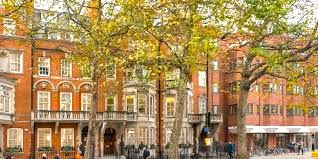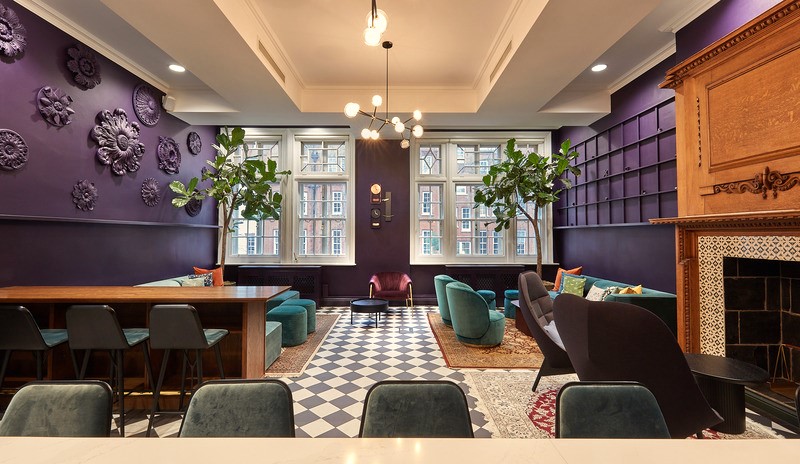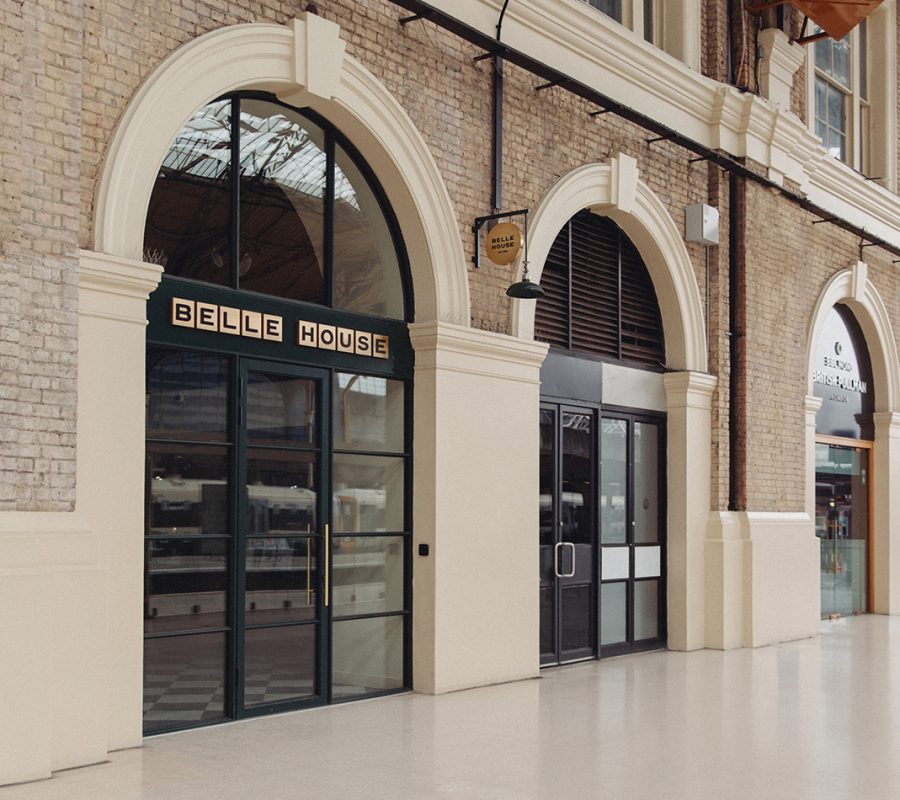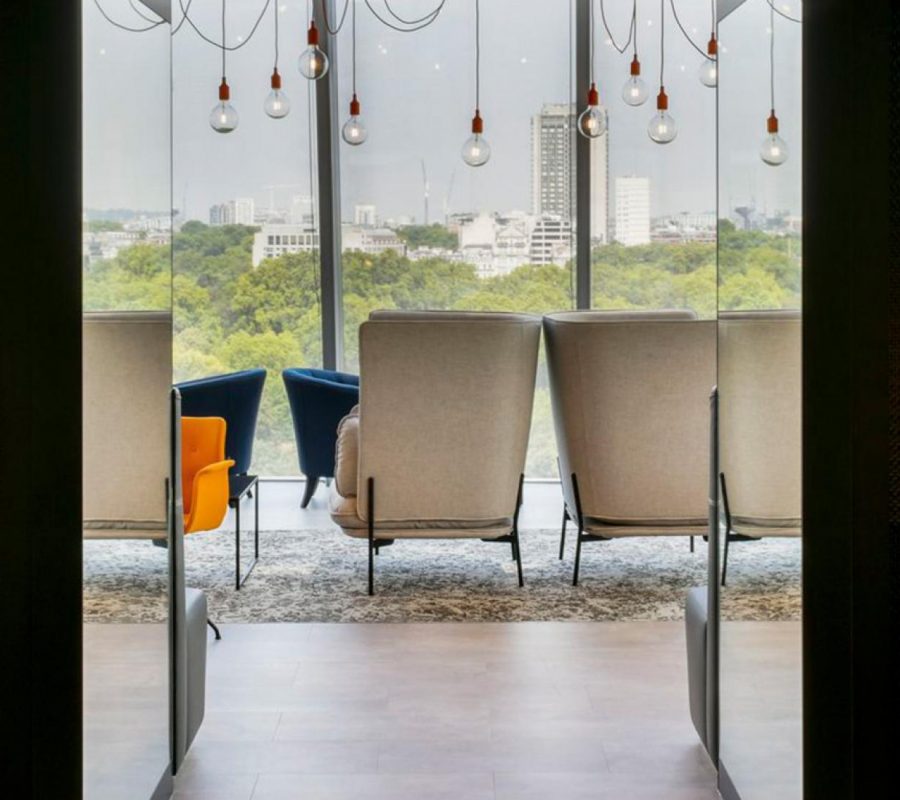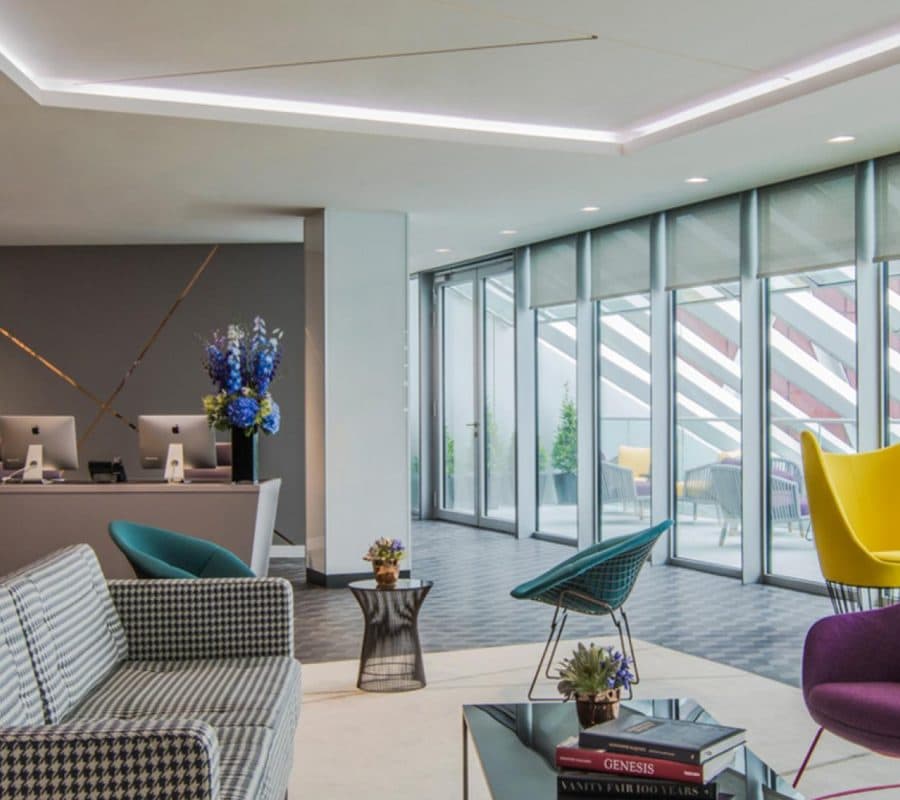Location:Pimlico
Pimlico Office Space
Renowned for its prime and super prime residential real estate, Pimlico’s office space also attracts some of the most high-profile occupiers.
Located in the SW1 postcode district in London within the City of Westminster, Pimlico was developed as a southern extension of Belgravia and is bounded by Victoria Station to its north, the River Thames to its south, Vauxhall Bridge Road to its east and the former Grosvenor Canal to its west.
The distinctive riverside district is characterised by its grid of residential streets at its heart, laid down by the planner Thomas Cubitt, famous for building the eastern facade of Buckingham Palace in 1825.
Pimlico is renowned for its Regency architecture and garden squares, such as Eccleston Square, St George’s Square, and Warwick Square. It is home to over 300 Grade II and Grade II* listed buildings.
Until the late 17th century, the district was known as Ebury after the Manor of Ebury or ‘The Five Fields’, referring to the land that makes up Belgravia and Pimlico.
This land, plus much of what is now Mayfair and Knightsbridge, had been bequeathed to Mary Davies and passed into the Grosvenor family on her marriage to Sir Thomas Grosvenor in 1677.
It is somewhat disputed as to where the name Pimlico was derived. However, a popular theory is that the term was used to describe, as William Gifford wrote in his biography of Ben Jonson, “a person, and may not improbably have been the master of a house once famous for ale of a particular description” and are likely to have been named after Ben Pimlico who was famous for producing nut-brown ale in the vicinity.
Another theory was presented in H. G. Wells’ 1924 novel The Dream, which stated that there was a wharf at what is now Pimlico, where ships from America docked. The word came through the trade and would refer to a member of the Algonquian people, formerly of the Pamlico River Valley in North Carolina.
The Grosvenor family had instructed Thomas Cubbitt to develop Pimlico in the 1820s to meet the new demand for residential property in the West End.
He developed Pimlico as a grid of handsome white stucco terraces with the largest and most opulent houses built along St George’s Drive and Belgrave Road, as well as its garden squares.
Pimlico’s proximity to the Houses of Parliament made it a hub of political activity. Up until 1928, the Labour Party and Trades Union Congress shared offices on Eccleston Square.
In the mid-1930s, Pimlico experienced a second wave of development with the construction of Dolphin Square, a self-contained complex of 1,250 high-end apartments that became popular with MPs and public servants.
It was here that Free France’s headquarters were based for much of the Second World War and that its leader, Charle De Gaulle, resided.
In 1953, the Grosvenor family sold the part of its estate on which Pimlico is built to Roger Byron-Collins, who, in 1970, sold it for £4.4 million to Jack Dellal of Dalton Barton Bank in a joint venture with Peter Crane of City and Municipal Properties – a consortium controlled by the Hanson Trust.
As well as the brave leader of Free France, Pimlico’s notable residents have included Sir Winston Churchill, who lived at both Eccleston Square and Morpeth Terrace, and actor Laurence Olivier, whose father Reverand Gerald Olivier had moved to the district in 1912 to minister to the parishioners of St Saviour’s church on St George’s Square.
High-profile office space occupiers in Pimlico include super-prime real estate agents and The Crown Estate Commissioner office, responsible for managing The Crown Estate’s portfolio for over two centuries.
For those seeking to rent office space in Pimlico or nearby, there is a wide range of opportunities, including brand-new Grade A offices and an assortment of beautifully renovated period buildings that combine state-of-the-art business technologies with a traditionally discreet, quiet, and exclusive atmosphere.
In addition to offices for rent with traditional leases, a growing number of premium flexible office and workspace solutions are available.
As opposed to long-term leases, these solutions, also known as flex spaces, are occupied on short-term licences that offer the opportunity to extend terms if desired.
These business spaces are private serviced offices, managed offices, and co-working spaces. They are fully fitted plug-and-play offices that are managed by a landlord, office provider, or 5-star workspace operator on the occupier’s behalf.
As these are ready-to-use offices, there is no upfront capital expenditure required for fitting or kitting out. Furthermore, as they are occupied on all-inclusive rental packages, the monthly fee covers rent, utilities, furnishings, cleaning, meeting room use, and enhanced provisions such as reception, security, secretarial, and concierge services.
In terms of amenities, Pimlico offers exclusive bars, boutiques, and restaurants. Although located in neighbouring Millbank, Tate Britain is classed as a Pimlico landmark. The Chelsea College of Art and Design is also located at the former Royal Army Medical College next to the Tate.
The exclusive riverside “village” is positioned to offer excellent transport links with the rest of London. Pimlico and Victoria stations offer underground links, the latter also offering rail links, and Sloane Square and St James’s Park underground stations are also within close walking distance.

